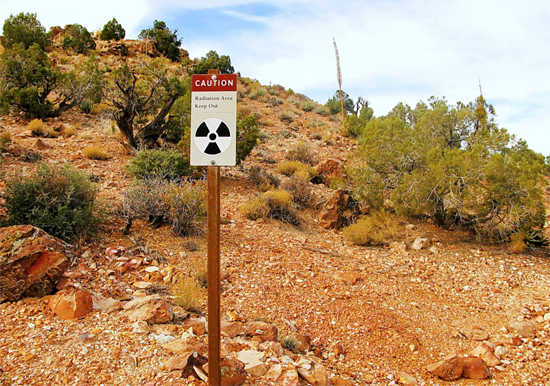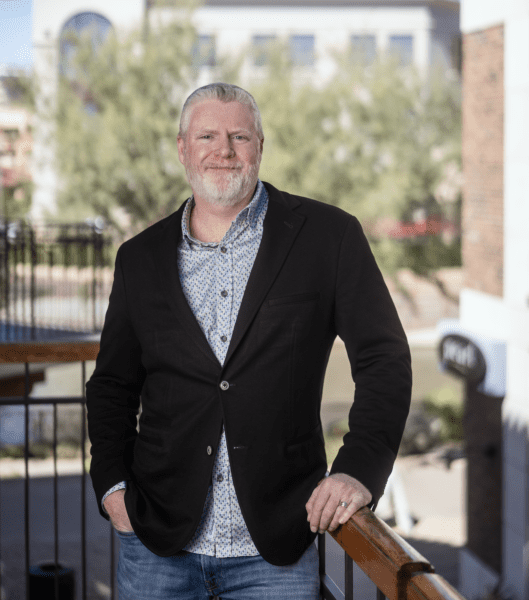The Center for Biological Diversity
(Editor’s note:News releases are published as submitted unless there are errors of fact.)
GRAND CANYON NATIONAL PARK, Ariz.— The U.S. Supreme Court today declined to hear the mining industry’s challenge to the 20-year ban on new uranium mining near the Grand Canyon.
The National Mining Association and the American Exploration and Mining Association claimed the Interior Department’s ban is based on an unconstitutional provision of federal law. Today’s decision means that the Supreme Court will not review December’s appeals court decision that rejected industry arguments and upheld the ban.
The Havasupai Tribe and a coalition of conservation groups, who helped successfully defend the ban in lower courts, praised the decision.
“The lands in and around the Grand Canyon have always been the homeland of the Havasupai People,” said Muriel Coochwytewa, chairwoman of the tribe. “Our ancestors lived and died amongst the sacred sites that cover this land. The mineral withdrawal is a necessary way to protect the land and the water that our people and our village depend upon, and we are grateful that the Supreme Court has agreed with the 9th Circuit’s conclusion ― that our lands and our people must be preserved.”
“This is a great day for the Grand Canyon region, for the Havasupai people who rely on its sacred waters, for the people who love this wonder of the natural world, and for the wildlife that call it home,” said Ted Zukoski, an Earthjustice staff attorney who opposed the mining industry’s petition.

“Today’s decision slams the door on false claims that the 2012 ban on new uranium mines around the Grand Canyon was illegal,” said Roger Clark with the Grand Canyon Trust. “By deciding not to hear the mining industry’s appeal on the ban, the Supreme Court has sided with Arizona voters in both political parties, the Havasupai Tribe, hunters and anglers, local governments and businesses, outdoor recreationists, and millions of visitors to the Grand Canyon every year.”
“This is good news for everyone who cares about Grand Canyon, its waters and wildlife, and certainly the people who live in and around the Canyon,” said Sandy Bahr, Sierra Club’s Grand Canyon chapter director. “While this is great day for Grand Canyon, our work to protect it from existing mines and support for the work to clean up the mines that litter the landscape on public and tribal lands must continue.”
“These spectacular public lands deserve permanent protection from dangerous uranium mining,” said Taylor McKinnon with Center for Biological Diversity. “Our region already suffers from seven decades of uranium-mining pollution. Every dollar spent planning new uranium mines is a dollar that should be spent cleaning up that deadly mess.”
“After an extensive review process and substantial public participation, the Department of the Interior’s original decision to protect one of the world’s most enduring landscapes, the Havasupai, and millions of visitors and downstream water users was a strong and appropriate one,” said Kevin Dahl of the National Parks Conservation Association. “We commend the Supreme Court for upholding the ban with this decision.”
The mining ban, adopted in 2012, protects the aquifers and streams that feed the Colorado River and the Grand Canyon from toxic uranium-mining pollution and water depletion. Without the ban, the Interior Department predicted hundreds of exploration sites would be dug and dozens of new mines developed. That would threaten the Grand Canyon with toxic uranium pollution and depletion of critical groundwater.
The Havasupai Tribe, Grand Canyon Trust, Sierra Club, Center for Biological Diversity and National Parks Conservation Association intervened in the case in 2013, shortly after the mining industry challenged the ban in federal court. The groups have defended the ban since, together with the Interior Department in both the Obama and Trump administrations.
The coalition and the Interior Department won a 2014 decision in the U.S. District Court in Arizona upholding the mining withdrawal. Mining companies appealed the decision. In December the 9th U.S. Circuit Court of Appeals upheld the ban as constitutional and ruled that the protected area was not too large, as mining companies had argued.
Uranium mining companies have no more avenues to challenge the ban in court. But they are pressing the Trump administration to subsidize U.S. uranium mining by requiring more of the element be mined domestically, and by reducing public involvement and agency oversight of mining on public lands.
Background
Uranium pollution already plagues Grand Canyon and the surrounding area. Proposals for new mining have prompted protests, litigation, and proposed legislation. Dozens of new mines threaten to industrialize iconic and sacred natural areas, destroy wildlife habitat and pollute or deplete aquifers. Scientists, tribal and local governments, and businesses have all voiced support for the protections enacted by Interior.
An Interior Department study showed that without the mining ban, 26 new uranium mines and 700 uranium exploration projects would be developed — an average of one every 10 days. These projects would bulldoze more than 1,300 acres and use 316 million gallons of water that feeds the region’s iconic falls and streams.
One of the great symbols of the American West, Grand Canyon was first protected as a national monument by Theodore Roosevelt in 1908 and established as a national park in 1919. The park is surrounded by millions of acres of public lands that include wilderness areas, two national monuments, lands designated to protect endangered species and cultural resources, and old-growth ponderosa pine forests. The canyon area is home to the Havasupai, Kaibab Band of Paiutes, Hualapai and Hopi tribes, and the Navajo Nation, and has been designated a UNESCO World Heritage site.
In 2016 the greater Grand Canyon region attracted more than six million tourists and recreationists. Grand Canyon tourism contributed $904 million to local economies and supported nearly 9,800 jobs.
The Center for Biological Diversity is a national, nonprofit conservation organization with more than 1.6 million members and online activists dedicated to the protection of endangered species and wild places.











